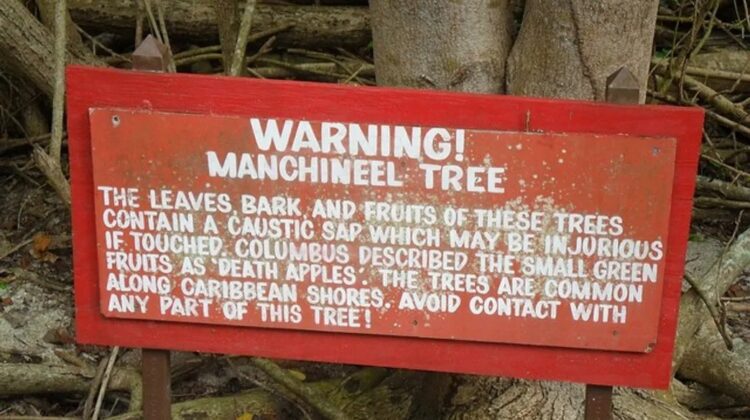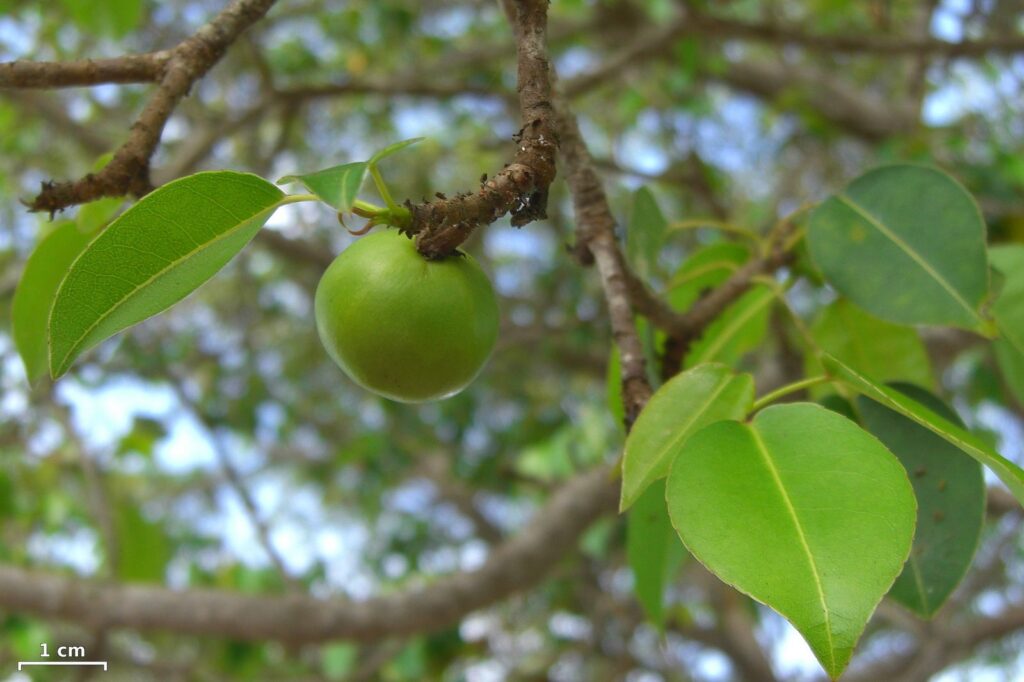
The manchineel tree (Hippomane mancinella), which may be seen on laid-back, tourist-friendly beaches, seems hell-bent on its vengeance against people.
The Caribbean, the Bahamas, the Gulf of Mexico, some of northern South America, the Galápagos Islands, and even certain areas of Florida are home to this tree. The tree was given the Spanish moniker “arbol de la muerte,” which translates to “tree of death,” when it was first discovered during their colonial invasion of the Americas. Although its fruit is where its fame and toxicity are most prominent, touching its bark may still result in chemical burns. The fruit’s ingestion can result in convulsions, severe vomiting, and diarrhea.
On her Caribbean vacation in Tobago, consultant radiologist Nicola Strickland wrote about her encounter with the “death apple.” She and her companion each took a little piece, thinking the fruit was a crab apple. The “peppery” flavor in their mouth quickly changed to a scorching sensation, and their airways began to constrict as they battled to breathe. They also experienced excruciating neck discomfort as the poison started to permeate into their lymph nodes. It is believed that the only reason Strickland and her buddy survived was the meager amount of food they consumed.

The tree is loaded with poisons. But the majority of the undesirable effects are thought to be caused by the organic substance phorbol. Unbelievably, from its bark to its sap, almost every component of the tree carries these poisons.
There are also rumors of Caribbean tribes torturing people “au naturel” with the sap. They would tie their prisoners to the tree and then wait for the rain to cover them with the extremely water-soluble sap of the tree. Because the sap is so toxic, coming into touch with it can result in acute irritability, burning, and blistering.
You can say, “Burn it and send it to hell.” Unfortunately, starting a fire in the wood will generate smoke, which irritates the eyes severely and has even been known to briefly render people blind.
Despite the tree’s intimidating appearance, iguanas are frequently seen dwelling within its branches and even eating its fruit.

Leave a Reply